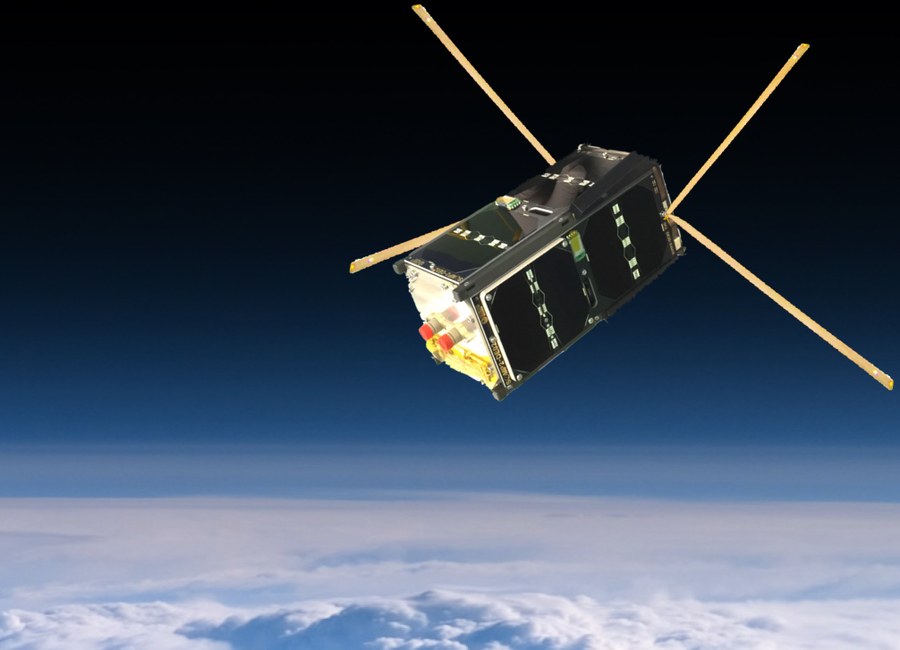Dresden is under the SURPRISE spotlights again!
We’ve travelled to Dresden from space to visit our partner Fraunhofer – IPMS and we have enjoyed an amazing view of the International Space Station (ISS).
This time, we’re going to Dresden to look at an important innovation in space technology.
SOMP2b satellite, developed by students, PhD candidates and scientists from Technical University (TU) Dresden’s Faculty of Mechanical Science and Engineering, was launched in orbit last January.
SOMP2b, whose acronym stands for Student On-Orbit Measurement Project Number 2b, is a nanosatellite, with a size of 20x10x10 cm³ and weighting less than 2 kilos. It has already begun its journey around Earth at an altitude of 500 km (higher than the ISS space station). It will orbit the Earth in a special polar, sun-synchronous orbit, always flying over the TU Dresden ground station at approximately the same time of the day to exchange data.
SOMP2b will work in extreme conditions. It will orbit Earth so fast that it will see sunrise and sunset 16 times a day, undergoing extreme temperature changes, which will be particularly challenging for the materials and electronics. In addition to that, it will be exposed to particle radiation from space, low pressures and to residual particles in the atmosphere surrounding the nanosatellite itself.
This will allow to test innovative nanomaterials, better understand their properties and bring new knowledge for new space and Earth applications in the future.
Take a look here if you want to learn more about SOMP2b.
Cover picture: Satellit SOMP2b im Orbit © TU-Dresden / Tino Schmiel

